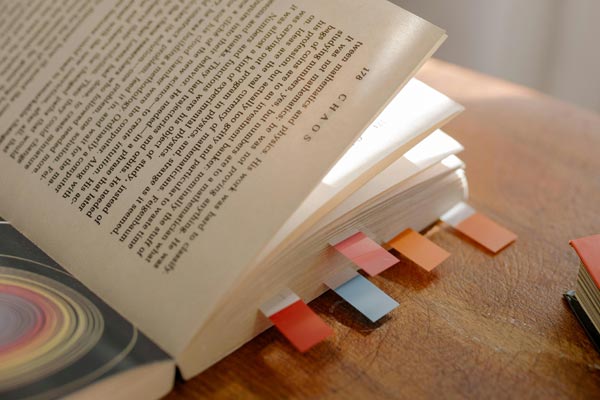2022年新高考全国Ⅱ卷
D
As we age, even if we're healthy, the heart just isn't as efficient in processing oxygen as it used to be. In most people the first signs show up in their 50s or early 60s. And among people who don't exercise, the changes can start even sooner.
"Think of a rubber band. In the beginning, it is flexible, but put it in a drawer for 20 years and it will become dry and easily broken," says Dr. Ben Levine, a heart specialist at the university of Texas. That's what happens to the heart. Fortunately for those in midlife, Levine is finding that even if you haven't been an enthusiastic exerciser, getting in shape now may help improve your aging heart.
Levine and his research team selected volunteers aged between 45 and 64 who did not exercise much but were otherwise healthy. Participants were randomly divided into two groups. The first group participated in a program of nonaerobic(无氧)exercise—balance training and weight training—three times a week. The second group did high-intensity aerobic exercise under the guidance of a trainer for four or more days a week. After two years, the second group saw remarkable improvements in heart health.
"We took these 50-year-old hearts and turned the clock back to 30-or 35-year-old hearts," says Levine. "And the reason they got so much stronger and fitter was that their hearts could now fill a lot better and pump(泵送)a lot more blood during exercise." But the hearts of those who participated in less intense exercise didn't change, he says.
"The sweet spot in life to start exercising, if you haven't already, is in late middle age when the heart still has flexibility," Levine says. "We put healthy 70-year-olds through a yearlong exercise training program, and nothing happened to them at all."
Dr. Nieca Goldberg, a spokeswoman for the American Heart Association, says Levine's findings are a great start. But the study was small and needs to be repeated with far larger groups of people to determine exactly which aspects of an exercise routine make the biggest difference.
32. What does Levine want to explain by mentioning the rubber band?
A. The right way of exercising. B. The causes of a heart attack.
C. The difficulty of keeping fit. D. The aging process of the heart.
33. In which aspect were the two groups different in terms of research design?
A. Diet plan. B. professional background.
C. Exercise type. D. previous physical condition.
34. What does Levine's research find?
A. Middle-aged hearts get younger with aerobic exercise.
B. High-intensity exercise is more suitable for the young.
C. It is never too late for people to start taking exercise.
D. The more exercise we do, the stronger our hearts get.
35. What does Dr. Nieca Goldberg suggest?
A. Making use of the findings. B. Interviewing the study participants.
C. Conducting further research. D. Clarifying the purpose of the study.
答案解析:
32. 在第二段中,Dr. Ben Levine用橡皮筋的比喻来解释心脏随着年龄增长而发生变化的过程。他说,一开始橡皮筋是有弹性的,但放在抽屉里20年后就会变干易断,这就是心脏发生的变化。因此,他提到橡皮筋是为了解释心脏的老化过程。所以选D。
33. 根据第四段中的描述,研究团队将志愿者随机分为两组,第一组进行非有氧运动,第二组进行高强度有氧运动。这是研究设计中两个组别之间的区别。所以选C。
34. 根据第五段中的描述,第二组(进行高强度有氧运动)在两年后心脏健康有了显著改善,Levine说这些50岁人的心脏变得像30或35岁人的心脏。这表明有氧运动可以使中年人的心脏变得更年轻。所以选A。
35. 在最后一段中,Dr. Nieca Goldberg提到Levine的研究是一个很好的开始,但研究样本较小,需要用更大的人群重复研究,以确定运动常规的哪些方面对心脏健康的影响最大。这表明她建议进行进一步的研究。所以选C。








